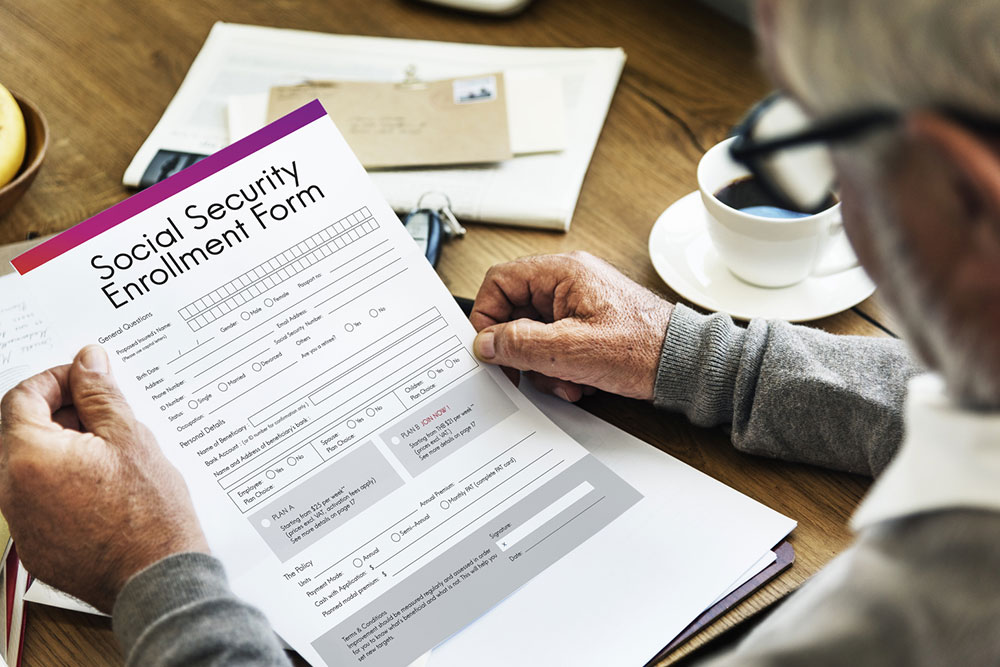5 Types Of Pension Schemes
Pension schemes in the country have undergone several subtle reforms over the years. Government and public bodies work to enhance the welfare of people in the workforce or those who have retired from employment. The fundamental structure of the country’s pension system remains intact and is improved every year. That said, understanding the various types of pensions is key for people seeking benefits through such schemes, as each scheme has its distinctive working mechanism.

1. Pension for the Welfare of Older Adults ( Pensión para el Bienestar de las Personas Adultas Mayores )
This program is a successor to the Pension for Older People program. It is designed to benefit individuals aged 65 or older who were born in the country, currently reside here, and can be classified as Indigenous. It also covers non-indigenous people aged 68 or older who were born in the country and are residing here. Additionally, individuals between 65 and 67 years of age can be included in the Register of Active Beneficiaries of Pension for Older People if they were active as of December 2018.
Staff members from the Ministry of Well-being conduct home visits to enroll and register participants for the program. To qualify for the pension program, individuals should provide an identification document with their home address (such as a receipt or home service bill) and the application form. For people aged between 65 and 67, the authorities refer to the Register of Active Beneficiaries of the program Pension for Older People.
There are three main components/benefits of this program.
- Every older user of the program receives money through either bank transfer, cash withdrawal in the Representation Office, or other suitable payment methods. This amount is paid bimonthly.
- A single payment is made to the representative or auxiliary adult of the deceased older person who was a program beneficiary.
- Actions for the social protection of beneficiaries are included in this pension program, providing comprehensive care for older people through inter-institutional coordination between government agencies.
People lose the benefits of this program if they no longer meet the eligibility criteria, provide false information to the authorities, or resign voluntarily.
2. Occupational pension schemes
Employers in the country become liable to pay social security fees to the Mexican Social Security Institute, housing fees to the National Workers’ Housing Fund Institute, and retirement fees to the Retirement Savings System as part of the occupational pension schemes. This welfare system involves pension fund administrators, Administradoras de Fondos para el Retiro (AFOREs), or private financial institutions accountable for managing employees’ retirement accounts. The National Commission of the Retirement Savings System (CONSAR ) regulates the working of these administrators. Employees can select an AFORE that suits them and serves their interests. If they fail to do so before a deadline passes, they are assigned an AFORE that generates high returns.
Pension fund administrators are responsible for investing employee resources in specialized mutual funds for retirement, known as Sociedades de Inversión Especializadas para el Retiro (SIEFORE). Each SIEFORE aims to maximize returns for individuals whose pension is invested there. Essentially, each AFORE’s chief objectives are managing every pensioner’s occupational pension funds, investing funds in a SIEFORE, and maximizing returns for the beneficiaries.
3. Minimum Guaranteed Pension (MGP)
There are voluntary and mandatory components in the country’s pension structure. Employees can invest their money (or not do so) in specific pension schemes. Mandatory schemes are the ones in which workers do not have a choice and must contribute periodically towards a given pension fund to access its benefits later.
The national government aims to provide financial stability to people by ensuring they receive a minimum amount of money from eligible employees. As per the social security quota for retirement, employers’ contributions are planned to increase from 6.5% to 15% by the end of the decade. This will increase the MGP, which is targeted to be at 40% and will be paid to every eligible employee. Currently, employees need to have contributed for a minimum of 750 weeks (equivalent to 15 years of service) to be eligible for MGP, and this requirement is projected to increase to 1000 weeks in the future.
4. Retirement savings program ( Sistema de Ahorro para el Retiro , SAR)
This program is regulated by the National Commission for the Savings Scheme for Retirement ( Comisión Nacional del Sistema de Ahorro para el Retiro or CONSAR). This program has four main objectives.
- Regulating and supervising the pension savings of each beneficiary.
- Supervising each worker’s investment and contribution to ensure that everybody’s money in the funds is protected.
- Ensuring that regular investment statements are sent to pensioners.
- Monitoring and capping commissions and charges made by funds.
Employers are obligated to pay monthly contributions of a certain percentage of their wage base to the basic retirement fund created for the welfare of their employees.
5. Personal voluntary pension schemes
There are many voluntary pension schemes that give employees and self-employed people the option of participating and making voluntary contributions. Members can transfer all or a part of their savings to an account created and set aside for pension purposes. The more each member contributes, the greater their pensions will be. Additionally, members may withdraw their voluntary Social Security savings at any point while they work. They do not need to wait until they retire to do so.
These pension schemes evolve with time. The percentage of contributions and the amounts tend to change, but the basic foundation of the schemes tends to remain consistent and evolve subtly.




